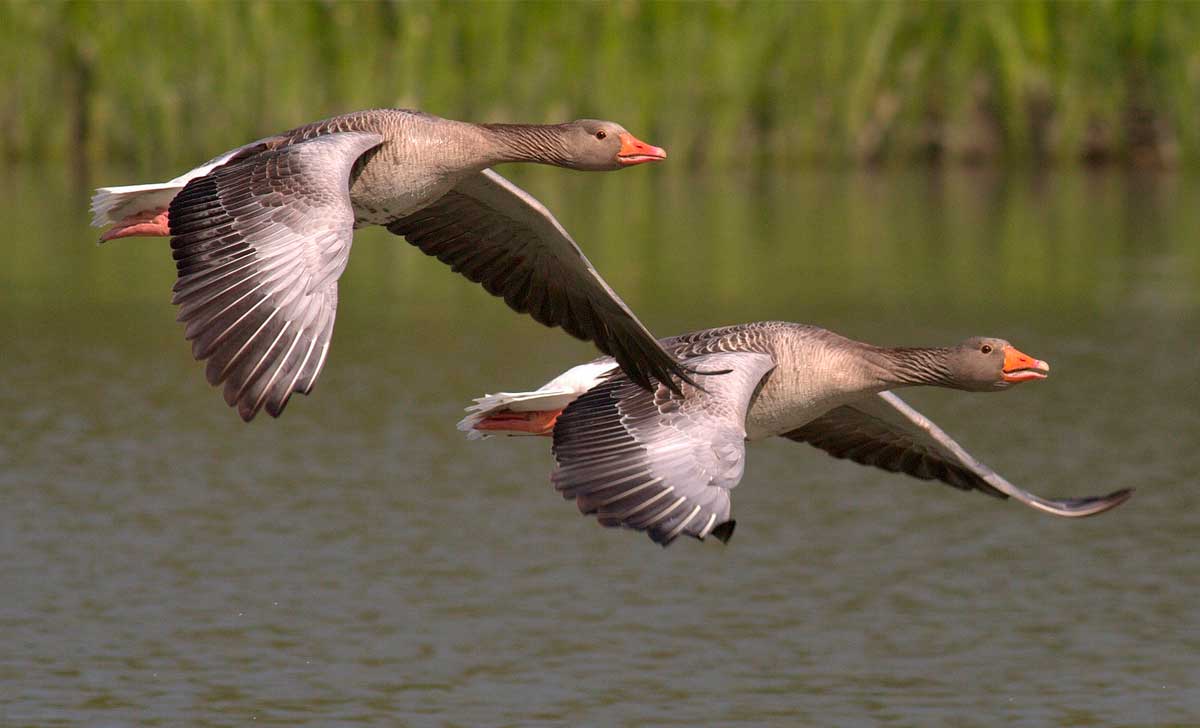
Birdwatching in Estonia
Estonia is one of those countries where you can observe wildlife in their natural habitat for most of the year. The season for wildlife photography begins in March and ends in late October. Birdwatching is particularly popular here, with various species found both in the wild and in urban areas.
When do birds arrive in Estonia?
Typically, the first birds arrive in Estonia in early March, but in a warm winter, some species return as early as late February. Among the first to arrive are the skylarks and lapwings. In early March, geese, ducks, and swans can be seen in the Haapsalu Bay area.
The peak of spring birdwatching in Estonia is in April and May. In April, migratory waterfowl stop along the country’s coast on their way north. By May, birds from distant countries arrive, and the diversity of species reaches its peak.
When do birds leave Estonia?
Autumn bird migration in Estonia starts in the second half of August and continues until the end of October. By November, there are no longer any birds to observe. However, some species stay for the winter, mostly forest dwellers and those in cities.
Swallows are among the first to leave Estonia. In September, cranes and storks prepare to depart. Throughout October, geese, swans, and ducks leave, except for those accustomed to wintering in the country. For amateur ornithologists, this marks the off-season.
Where to watch birds in Estonia?
The best places for birdwatching are the western coast of Estonia and its islands. The Matsalu National Park is a veritable bird kingdom, offering excellent infrastructure for bird enthusiasts, including observation towers and shelters from wind and rain.
On Hiiumaa Island, the best birdwatching spots are Orjaku and Tõrvanina. In Saaremaa, birds can be observed around Kuressaare, where observation towers are set up, along the entire southern coast, and in the Vilsandi Nature Reserve. Speaking of mainland Estonia, Haapsalu with its Tagalaht observation tower comes to mind first.
What should you know about birdwatching?
While birdwatching, it’s important to remember that disturbing birds during nesting is prohibited. Typically, this period lasts from April to July. For example, due to nesting, Pandju Island in Viimsi and the Paljassaare bird reserve in Tallinn have strict access restrictions during most of the summer.
As for the qualities an amateur ornithologist should have, patience and perseverance are key. To capture a beautiful photo of birds, you’ll need patience and the ability to stay hidden. Only then can you snap a successful shot.
If you plan to watch birds for an extended period, we recommend booking accommodation in advance. Consider staying in Matsalu Park, allowing you to set out for your photo hunt early in the morning and save time on travel.
